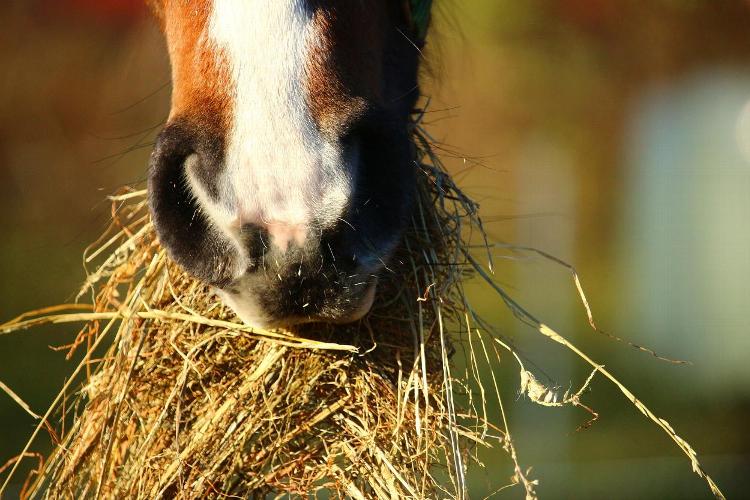GRASS
Horse owners often experience unexplained changes in their horse's temperaments, but why? There has been research to prove there is a correlation between soils and pasture and the health and behavioural problems horses are most commonly associated with.
High production grass is low in fibre and high in sugars and carbohydrates and are very
prone to mineral imbalances. They can also be high in potassium and nitrates, yet low in
sodium. This can cause your horses system to be deficient in calcium and magnesium, which
in turn can cause behavioural problems.
There are also numerous plants that are toxic and must be avoided. These include but are
not limited to
:
-Water
-Hemlock
-Ragwort
-Foxglove
-buttercups
HARD FEED
Independent research has been looking into Glyphosate and how It can possibly contaminate horse feed. It has been said that a safe level for Glyphopaste is 800 times lower than what is allowed to be added into feed. As the liver is the first detoxification organ, toxic effects can begin when it is exposed to only 5ppm.
In the UK levels of this at the lowest are 200ppm, compared to the USA where the lowest
recorded levels are 400ppm. As most feed is imported, it is important to check labels, when
deciding what feed you are giving your horse.
HAY
Mycotoxins are naturally occurring toxic substances, which are produced by moulds and
fungi in your horse's hay. Mycotoxins can cause colic, gastrointestinal upset, weight loss,
feed withdrawal and immune suppression.
Mycotoxins can occur by unproper storage of hay, particularly if the hay is exposed to
moister. This means there is an increased risk in warmer climates and should therefore be
thoroughly checked, before it is fed to your horses and ponies. Both young and senior
horses are more at risk and extra care should be taken when feeding.
https://academic.oup.com/tas/article/2/1/111/4931179#:~:text=%E2%80%9CFumoni
sin%E2%80%9D%20is%20relatively%20common%20in,an%20almost%20pathogno
monic%20lesion%3A%20leukoencephalomalacia.
https://pubmed.ncbi.nlm.nih.gov/11780281/
https://www.sciencedirect.com/science/article/pii/S1319610310000827
https://www.sciencedirect.com/science/article/abs/pii/S0737080600804037


